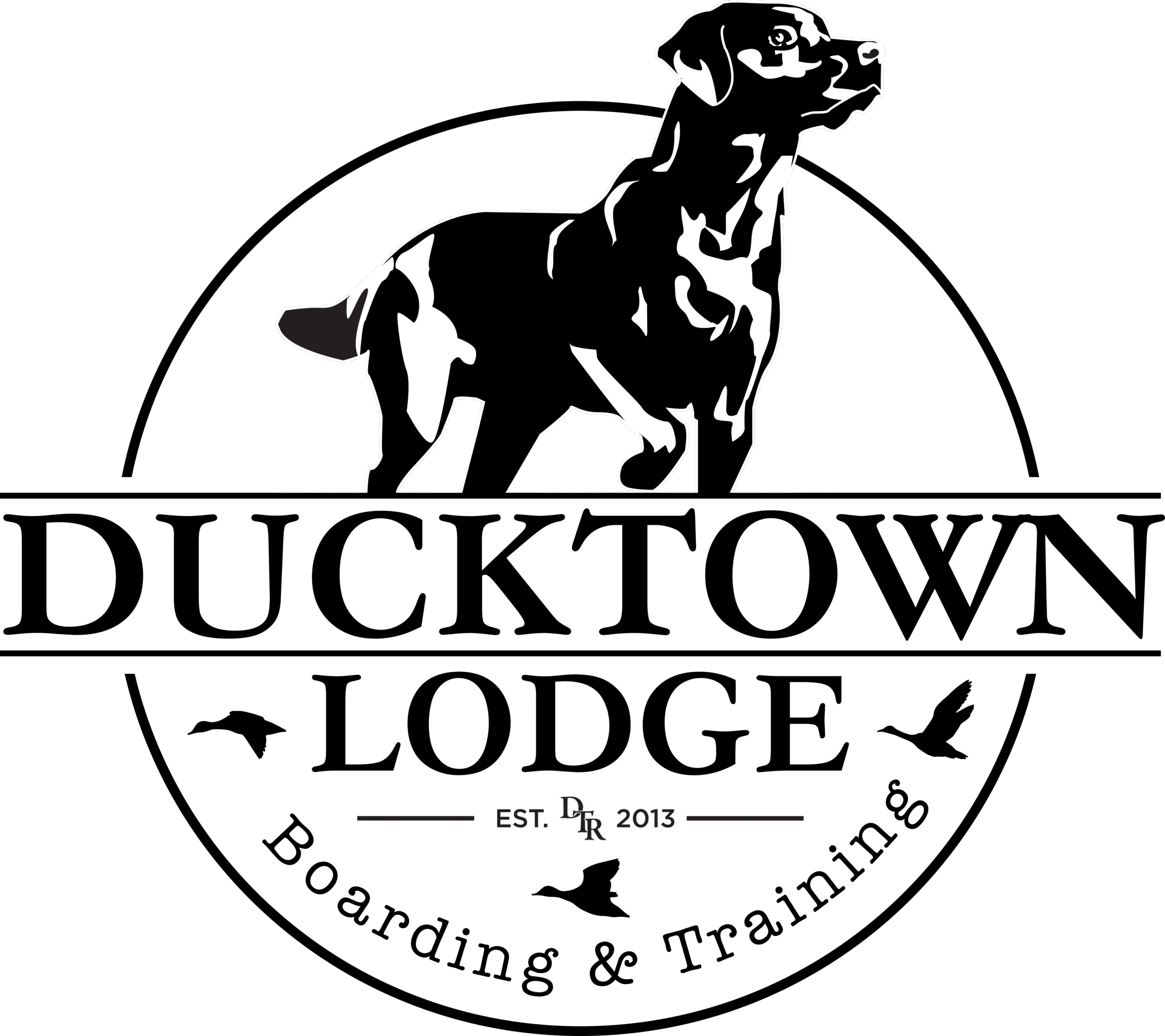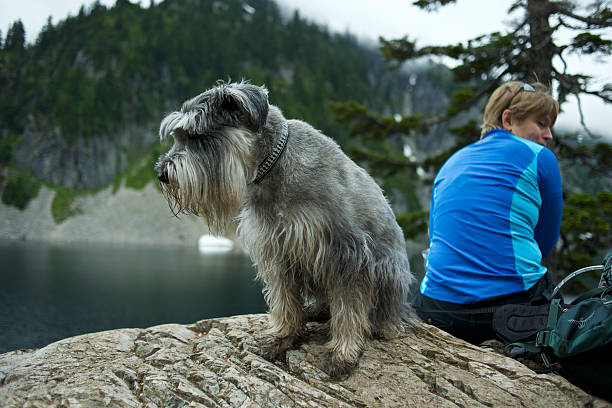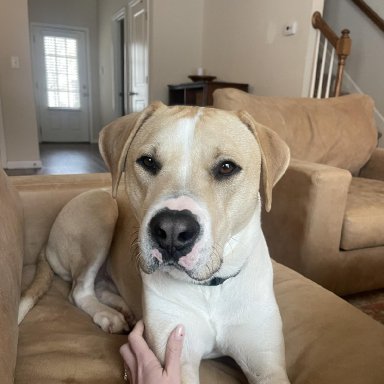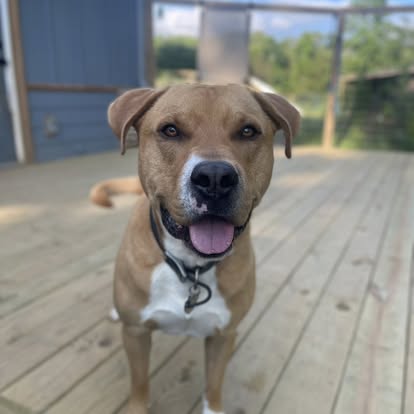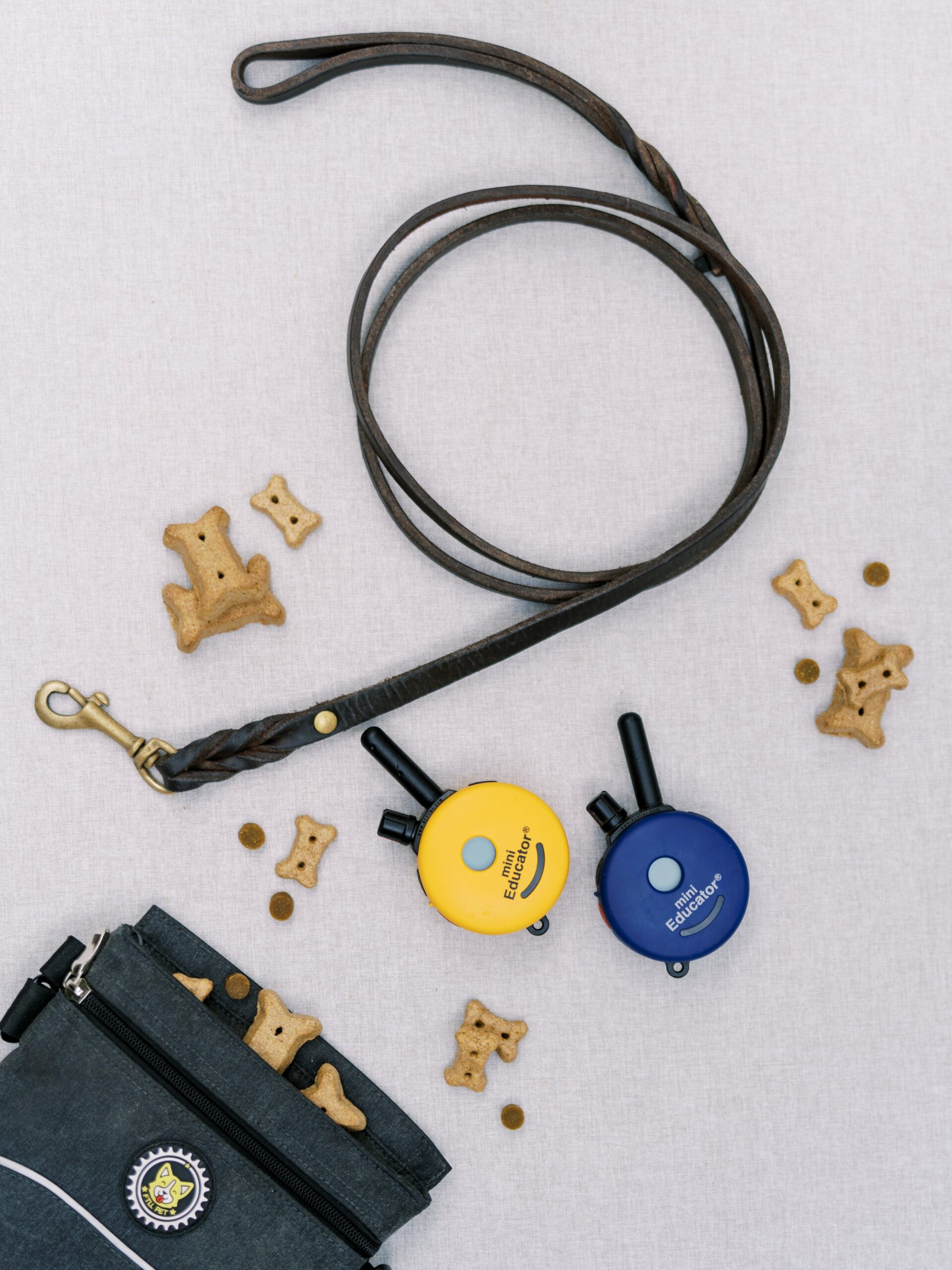Why the Place Command Matters in Family Dog Training
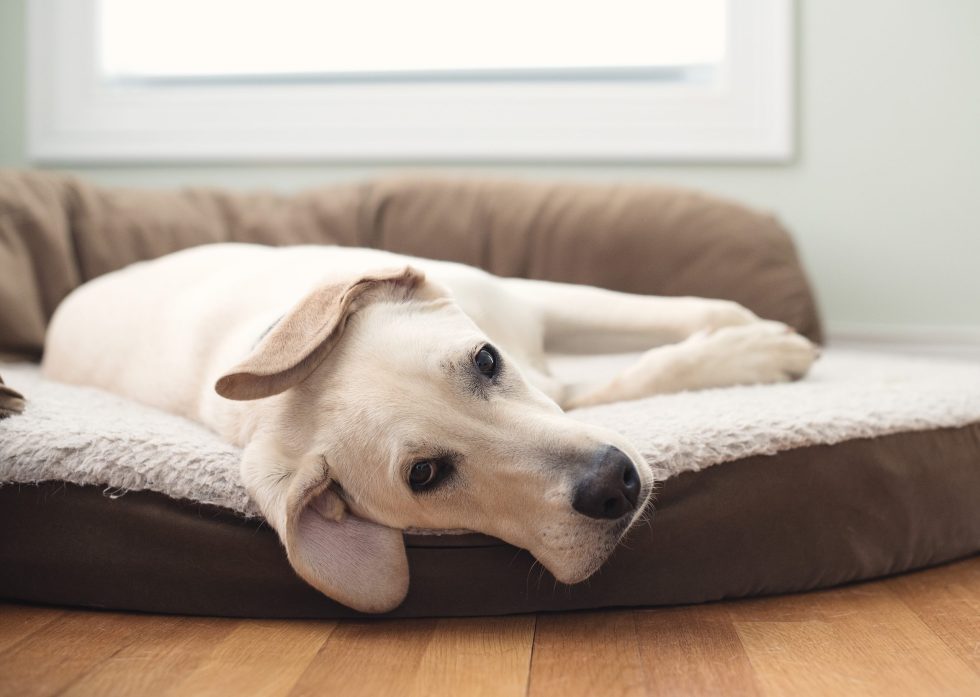
Teaching your dog the place command is one of the most effective ways to bring calm into your home. It gives your dog a predictable spot to settle, reduces overstimulation, and supports smoother daily routines. Whether you’re dealing with a busy household, energetic kids, or a dog who struggles to relax, this simple skill creates structure that feels good for everyone.
The place command is a favorite in calm dog training because it teaches focus without pressure. Your dog learns where to go and what to do, which lowers anxiety and increases confidence.
What the Place Command Really Means
The place command tells your dog to go to a defined spot and stay there until released. This could be a mat, cot, dog bed, or small rug. The goal is clarity. Your dog learns to settle, stay grounded, and observe the world from a calm, safe location.
This command is especially helpful when guests arrive, when your family is eating, or when the house feels busy. Many owners searching for dog training near me want exactly this kind of structure at home.
Why Teaching Place Creates a Calmer Home
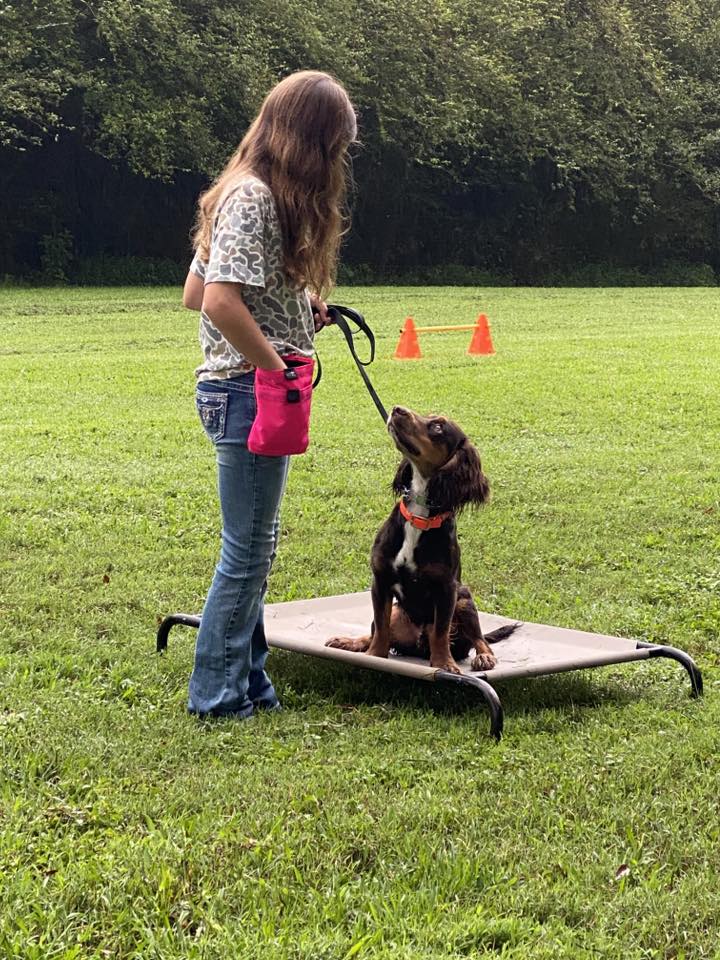
The place command helps your dog manage excitement and uncertainty. It naturally reduces jumping, barking, pacing, and begging. Dogs feel more regulated when they know what to do during moments of activity. Owners feel more relaxed because they’re not constantly redirecting.
Place training supports:
- Calm routines
Your dog rests while life moves around them. - Better focus
Your dog learns to pause and think. - Impulse control
The mat becomes a space for quieter choices. - Confidence
A clear job helps dogs feel safe and capable.
Choosing the Best Spot for the Place Command
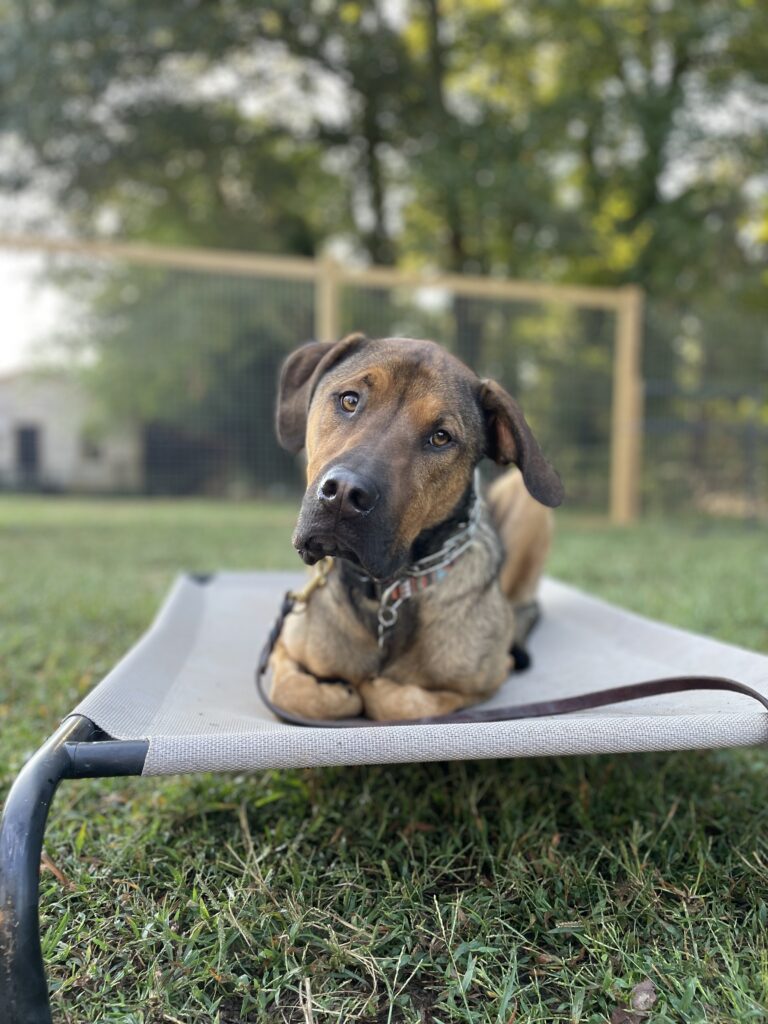
Pick an area where your dog can settle without feeling hidden or overwhelmed. The spot should be familiar, comfortable, and easy for your dog to identify. We start with raised dog cots because they make learning simple. They give dogs a clear boundary, hold up over time, and double as a comfortable resting spot.
- A raised dog cot is the best place to start. Keep the same place command spot until your dog is very familiar and has a good “place” foundation.
Keep the spot in the same location during early training. The consistency builds confidence and faster understanding.
How to Teach the Place Command (Step-by-Step)
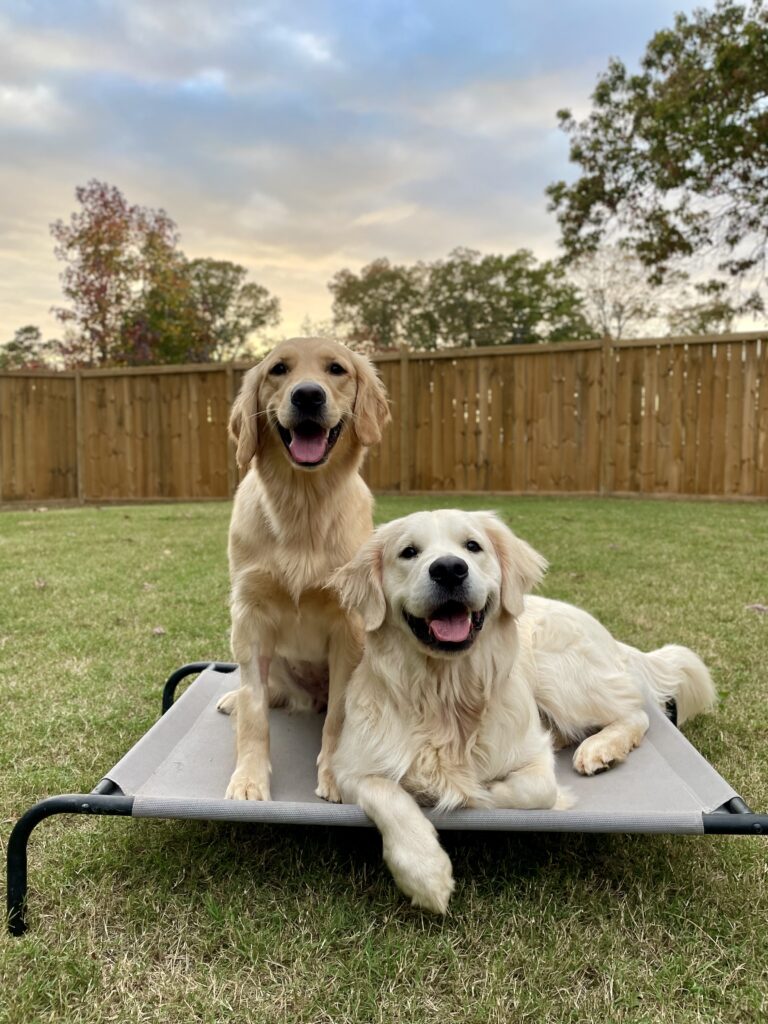
Step 1: Build Curiosity
Stand near the raised bed and wait for your dog to investigate. The moment they touch it, mark with “yes” and toss a treat onto the bed. This teaches your dog that the mat is where rewards happen.
Step 2: Reward Calm Choices
As your dog steps onto the raised bed, pause. Most dogs will naturally offer a sit or a down. When they do, reward generously. You are reinforcing calm behavior without forcing it.
Step 3: Add Duration Slowly
Start with a few seconds. Release your dog with a simple cue like “okay” and toss a treat away from the mat. Then let them return on their own. This repetition builds understanding.
Step 4: Add Your Cue
Once your dog is confidently going to the mat, say your verbal cue—“place,” “go to your place”—as they begin moving toward it. Reward once they settle.
Step 5: Practice With Real-Life Movement
Walk around the room. Sit down. Stand up. Knock on the table. Keep things light at first. Reward when your dog stays calm and grounded.
Step 6: Add Household Distractions
Once your dog is steady, practice during real family moments:
- Doorbell rings
- Kids playing
- Meals being prepared
- Guests entering
This is where the place command becomes part of daily family dog training.
Troubleshooting Common Issues
Dog Leaves the Mat Early
Reduce distractions and shorten duration. Reward small successes.
Dog Won’t Offer a Sit or Down
Wait quietly. Reward the moment they soften their body.
Dog Gets Overexcited
Slow your own movements. Keep the session short and calm.
Small adjustments help your dog succeed without pressure.
Everyday Ways to Use the Place Command
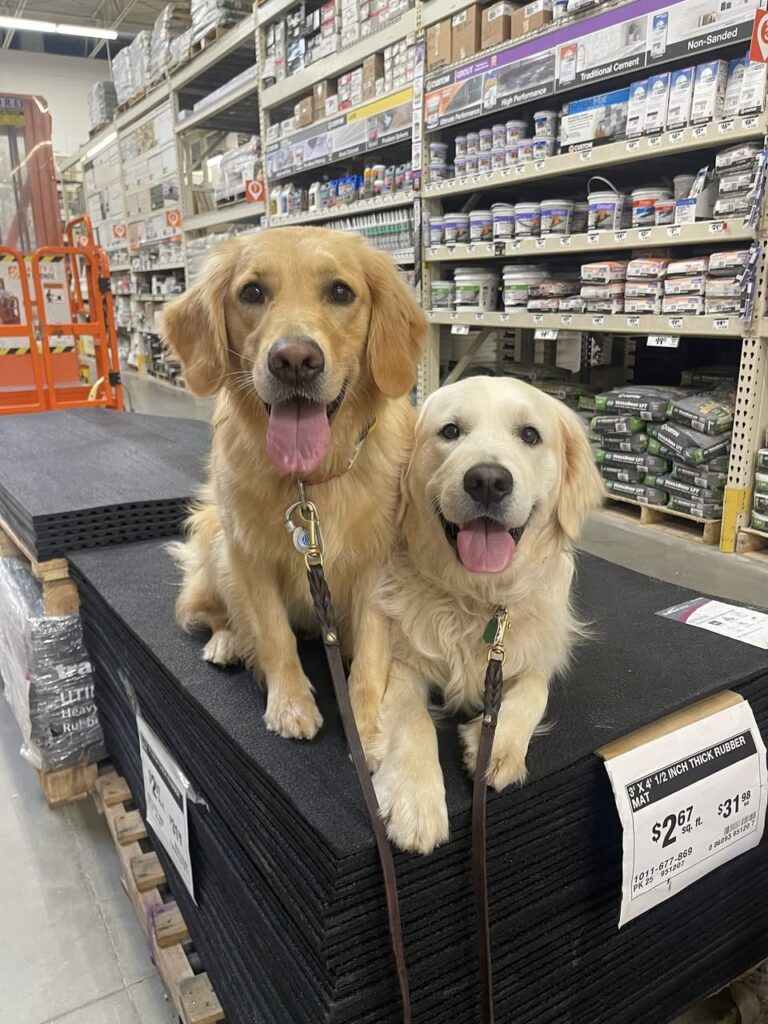
You can use place training throughout your day to create a quieter home rhythm.
- During dinner, so your dog learns not to beg
- While guests enter the house
- During homework or quiet evening routines
- When you’re cooking in the kitchen
- During busy transitions like school mornings
The place command becomes a predictable anchor point that reduces chaos for both you and your dog.
Why Place Training Fits Ducktown Lodge’s Calm Approach
At Ducktown Lodge, we believe dogs thrive with clear structure and steady guidance. The place command reflects exactly that. It teaches dogs how to relax in real-life situations instead of relying on constant correction or high-pressure training.
This is family dog training with heart. Calm dog training that supports real connection. And it is one of the first skills we use when helping dogs feel grounded and understood.
When You’re Ready for More Support
If you want help teaching the place command or you’re hoping for a calmer home, we’re here to talk about your dog. Families trust Ducktown Lodge because our training is steady, personal, and emotionally aware. We meet dogs where they are and help owners feel supported—not judged.
If you’re ready for clear guidance and a calmer home, reach out.
Let’s talk about your dog. Call 770-733-0836 or email us at hello@ducktownlodge.com
